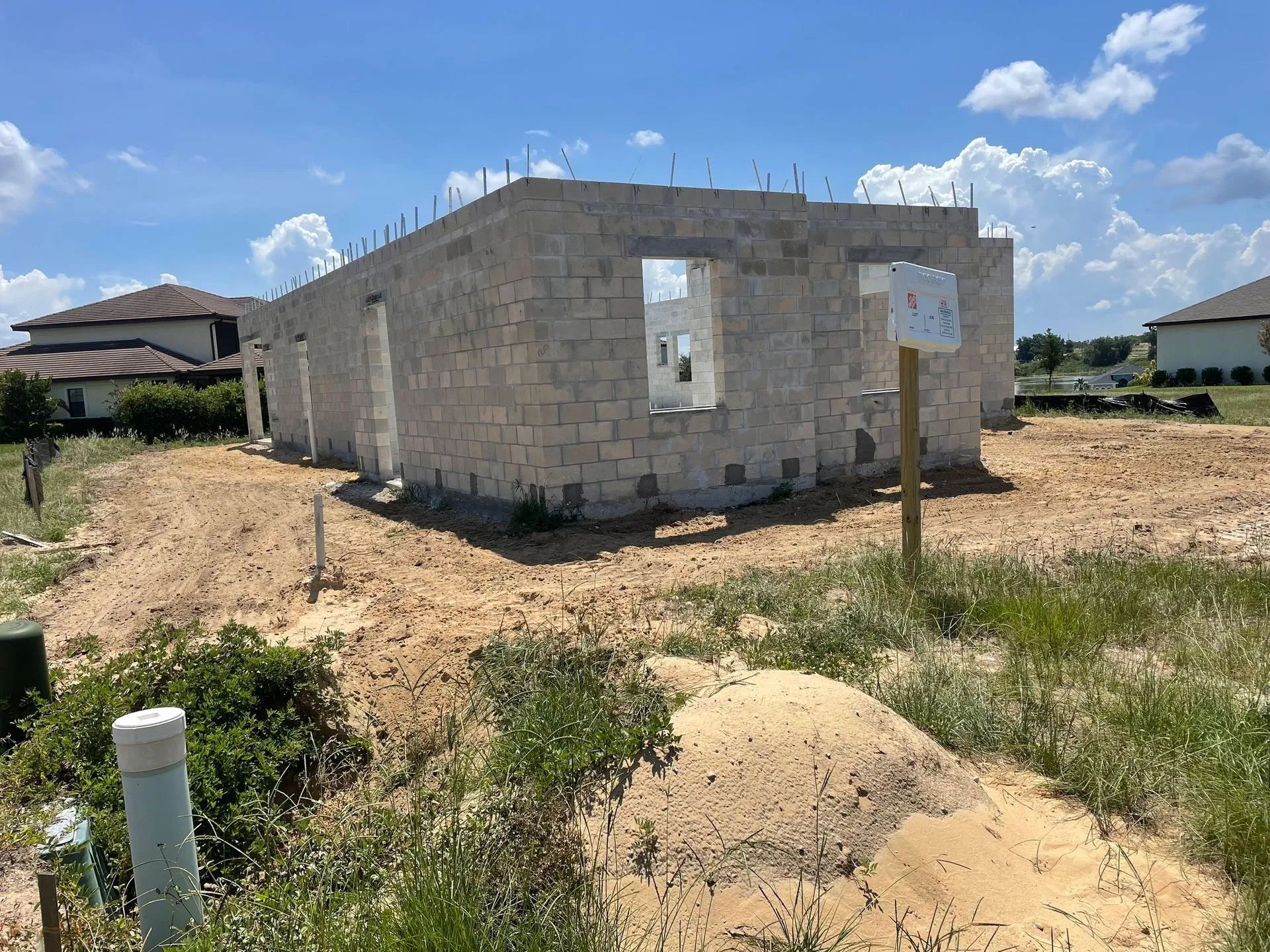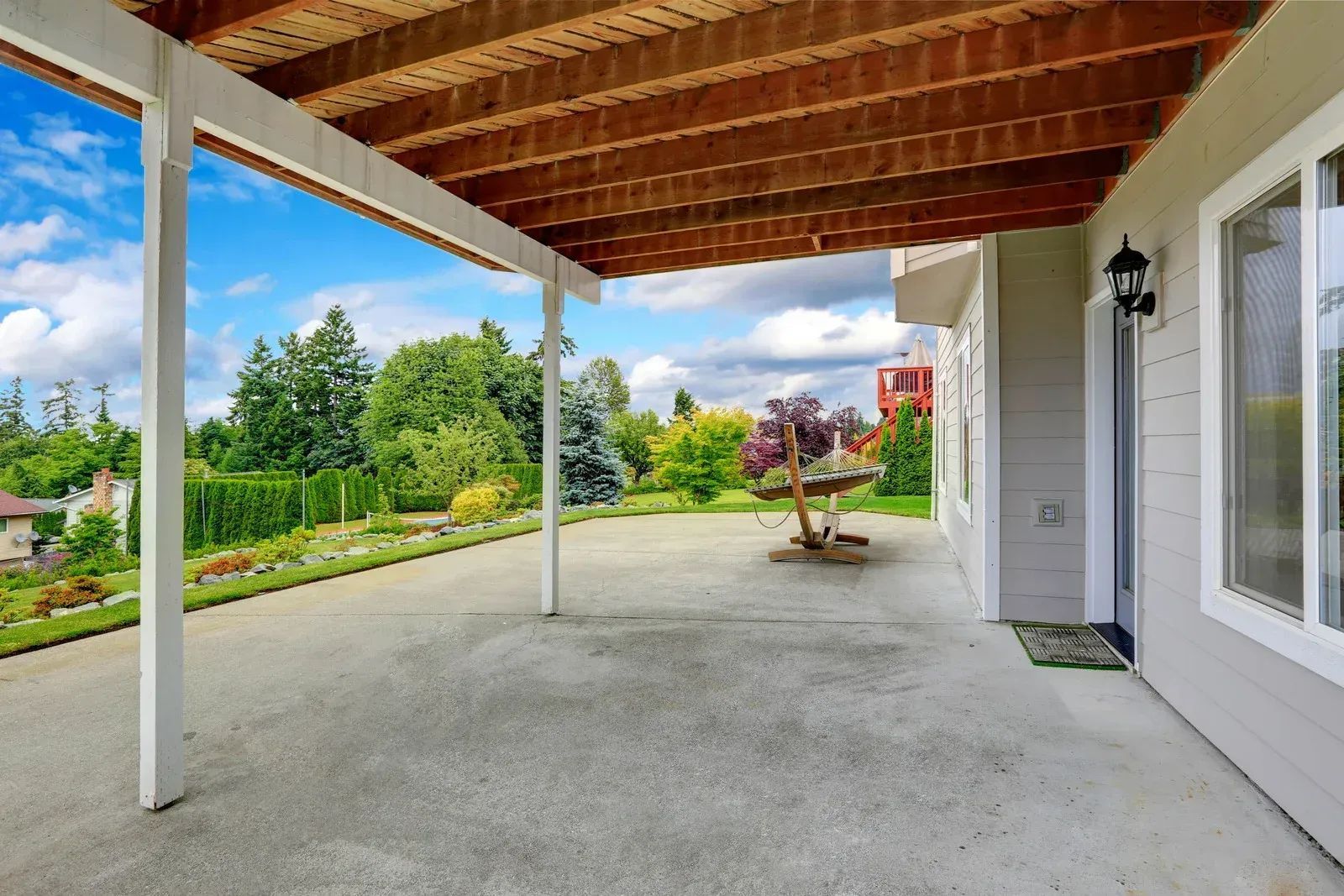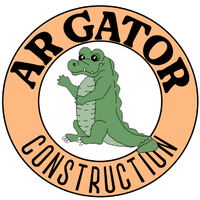Why Proper Site Prep and Grade Work Are Crucial for Long-Lasting Concrete
When it comes to concrete work, the focus often lands on the visible results—smooth driveways, solid foundations, and neatly finished slabs. However, the real strength and durability of any concrete structure lie beneath the surface. Proper site preparation and grade work form the foundation of a long-lasting project. Without these crucial steps, even the highest-quality concrete can crack, sink, or fail prematurely.
Site prep involves everything from clearing vegetation to compacting soil and establishing proper drainage. Grade work ensures the surface slopes correctly to manage water runoff. These steps aren’t just optional—they’re essential to prevent structural issues in the future. Whether it's for a residential patio or a commercial parking lot, skipping this groundwork can cost you in repairs, safety, and lifespan.
1. Soil Stability and Compaction
The first step in site prep is evaluating the soil. Different types of soil have different load-bearing capacities. Soft, clay-heavy, or loose soils require more compaction and reinforcement. Poorly compacted soil can shift or settle, causing the concrete above it to crack or heave. Professional compaction using rollers or tampers ensures the soil is dense enough to support the weight of the concrete structure for years to come.
2. Proper Grading Prevents Water Damage
Water is concrete’s worst enemy when left unchecked. Grade work ensures that water drains away from the concrete surface rather than pooling beneath or around it. Poor grading can lead to erosion, frost heave, or moisture intrusion, all of which degrade the concrete over time. A properly graded site helps direct rainwater to appropriate drainage areas, preserving the integrity of your project.
3. Consistent Concrete Thickness
A level and well-prepared base allows for a consistent thickness of concrete during the pour. Inconsistent grading can result in thin spots, which are prone to early wear or failure. Ensuring uniform depth helps maintain load distribution across the surface, especially in areas with heavy traffic like driveways or commercial parking lots.
4. Preventing Cracks and Shifting
Site prep also involves laying a stable base layer of gravel or crushed stone to enhance drainage and provide a cushion for the slab. Combined with control joints and proper reinforcement (like rebar or wire mesh), this reduces the risk of cracking due to expansion, contraction, or shifting soil.
5. Long-Term Cost Savings
While proper site preparation may add some upfront costs, it pays off by significantly reducing the need for repairs and maintenance. Poor preparation can lead to cracks, sinking slabs, or drainage issues, ultimately resulting in costly repairs. A well-prepped site ensures that your concrete remains strong and functional for decades.
Trust AR Gator for a Solid Start
At AR Gator, we believe every concrete project starts from the ground up—literally. With over 15
years of experience serving Lake Wales, FL, our team specializes in precision site preparation and
grade work to ensure your concrete installations last the test of time. Whether it’s a residential driveway or a large-scale commercial foundation, we focus on quality and durability from the very first step. Choose AR Gator
for craftsmanship you can trust and results that stand strong for years to come.



